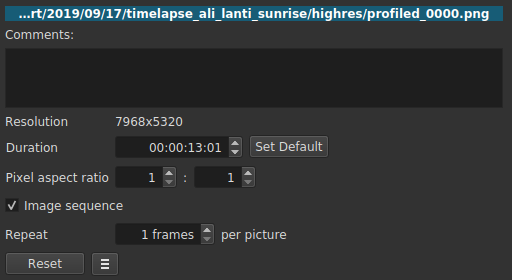

You also need to use the constant rate factor option ‘crf’, whose value ranges from 0 (lossless) to 63 (worst). FFmpeg’s native x264 codec has several presets, ranging from ‘veryslow’ to ‘ultrafast’. The conversion I had suggested in the original article was based on constant bit rate. (This is ironic because they run on Linux.) As I am unable to stream videos because of poor Internet connectivity, I have to convert all non-MP4 videos. While I have no problems with using Ogg video on my Linux systems, my electronic devices do not support it. Figure 2: Presets available for the x264 codec To limit the loss, it is best if you use the raw uncompressed video of each input video. When you try to individually convert the input videos down to a common codec, dimensions and frame rate, and then convert them all into a single file, the lossy algorithm does damage twice. echo “file ‘tank-cut-recoded.mp4’” > file-list.txtįfmpeg -f concat -i file-list.txt -c copy tank-mix.mp4 Although FFmpeg may try its best, the conversion can fail or the final video may not be playable. All input videos have to have the same codec, dimensions and frame rate. Cutting and pasting together videos is not as troublefree as the article may have suggested. When I wrote my original article, I was an FFmpeg newbie. Anyone who knows the fix can email videos [The grubs in my Ubuntu 10.10 and Ubuntu 20 are unable to boot each other.

However, I was able to write the book using the latest build thanks to statically built binaries from the site.
Ffmpeg filter frame export code#
Ffmpeg filter frame export download#
Download binaries: Compiled binaries (executable files of the three programs) are available from.provides guides for several operating systems ( ).

Build from source: It is best if you compile the source code and build the FFmpeg programs on your OS.FFmpeg now includes three programs - ffmpeg, ffprobe and ffplay.


 0 kommentar(er)
0 kommentar(er)
